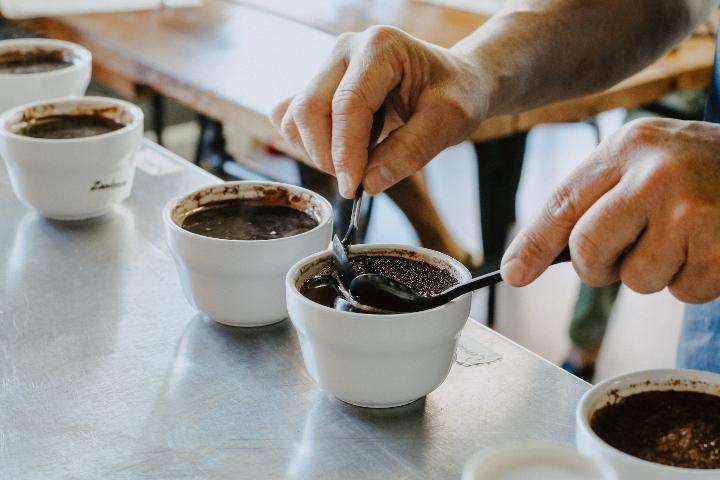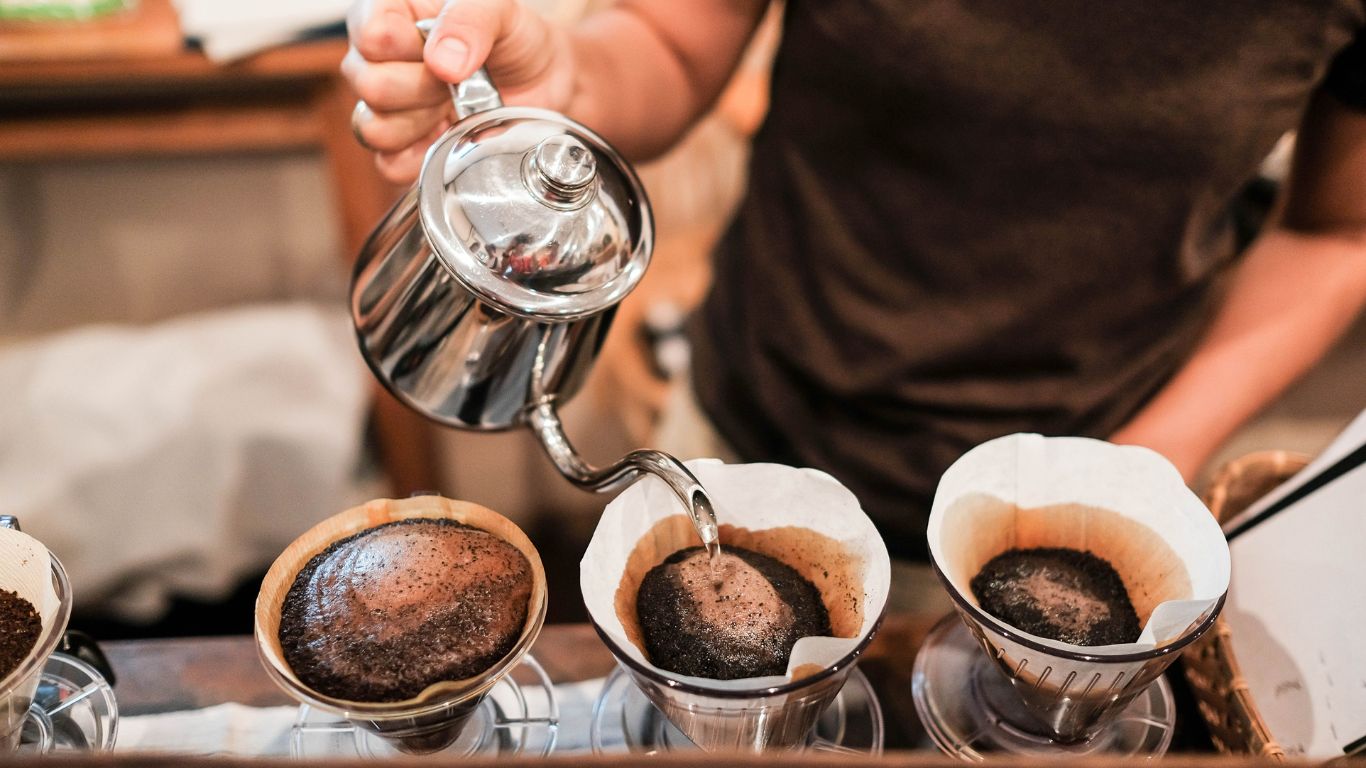As the coffee world brings new offerings with distinct flavor profiles and aromatic teases, one cannot help but wonder who sets the grade standards. How do professionals determine coffee's body, acidity, aroma, and flavor profile worldwide? Alternatively, how do professionals inform decisions on blends, roasting, brewing, and pairings to actualize the wildest of our dreams?
Coffee has endless flavor notes, and one can practice observing the flavors through a tasting procedure named coffee cupping. Here's a 5 minute read to quench your curiosity and master the fascinating skill of coffee cupping for exceptional homemade brews.
What is coffee cupping?
Professional tasters use coffee cupping as a sensory technique to categorize coffee varieties according to their flavor profiles, among other qualities such as aroma, body complexity, and sweetness. It involves specific steps, including grinding the coffee to a certain coarseness, steeping it in hot water, and systematically tasting and scoring it.
Coffee cupping is the standardized process coffee professionals use to evaluate multiple coffees side by side.
The cupping technique is, therefore, a vital technique used by coffee brewers across the globe to categorize coffee varieties and keep specialty offerings unique and homemade brews divine!
 Coffee tasters slurp coffee with a cupping spoon for precise coffee cupping.
Coffee tasters slurp coffee with a cupping spoon for precise coffee cupping.
Why Cupping Is Used in the Industry
- Ensures consistency in quality control
- It helps roasters and buyers select the best beans
- Allows for objective flavor evaluation
Is there Difference between coffee cupping and coffee tasting?
Coffee cupping and coffee tasting are both methods used to evaluate and appreciate the flavors and characteristics of coffee. Still, they have some key differences: Professionals use coffee cupping as a structured and formalized method to grade coffee beans for objective evaluation. In contrast, coffee tasting is a more general term encompassing any informal or casual sampling of coffee for personal enjoyment or exploring coffee flavors.
Both practices involve assessing coffee's taste and aroma but serve different purposes and follow other procedures.
You might also like Tips For Brewing a cup of Specialty Coffee
Understanding Coffee Flavors, Aroma, and Mouthfeel
When tasting coffee, professionals focus on three major aspects:
- Aroma of coffee before and after brewing.
- The overall flavor, including sweetness, bitterness, acidity, and body.
- The mouthfeel texture of the coffee, from light and tea-like to heavy and creamy.
Why You Should Do Coffee Cupping
Why invest time learning about a coffee sampling technique primarily designed for specialists? I will tell you why. Coffee sampling allows brewers to identify or sample multiple coffee flavors and roasting methods, enabling you to brew multiple cups in a single buy! So, coffee sampling looks after your wallet and allows you to get better and more accurate results with every brew!
The Professional Method for Cupping Coffee
You now know what coffee cupping is. You must wonder how to cup coffee. In a typical coffee cupping process, specialists pour hot water into fresh coffee grounds and allow a 3 to 5-minute steeping period.
The coffee cupping ratio is 8.25g (whole coffee) grounds to 150ml (water). A 200ml cup should take about 11 grams of coffee grounds.
After the steeping period is over, the coffee grounds are removed from the surface of the beverage, and the resulting liquid is sampled and assessed to evaluate coffee beans based on flavor, body, aroma, and acidity. So, the whole process determines coffee bean quality, variety, and suitability for which blend.
 Professional coffee taster pours hot water into coffee grounds, steeping for optimal flavor for cupping.
Professional coffee taster pours hot water into coffee grounds, steeping for optimal flavor for cupping.
Three Benefits of Coffee Cupping
Coffee cupping ultimately improves your brewing skills for the ultimate cup. What's more, coffee cupping helps coffee lovers to be economical with their spending, allowing them to achieve more distinct flavors from each brew. By learning how to grade coffee, we inform decisions on roasting and brewing, which elevates our specialty offerings to new heights.
Read also Coffee Pairing with Food
Coffee cupping is a fascinating and rewarding way to explore the diverse world of coffee flavors.
Coffee lovers are becoming more conscious of their brews, and cupping is the route towards such fulfillment. It allows you to appreciate the nuances of different coffee beans, discover your preferences, and refine your palate.
Whether a novice coffee enthusiast or a professional, coffee cupping provides a unique opportunity to deepen your love for this beloved beverage and uncover the hidden treasures within each cup.
So, get started on your coffee-cupping adventure and unlock the secrets of coffee with Solai coffee kahawa beans.
Remember, One Sip, That's it! Instant Joy!
.
The Art of Coffee Cupping